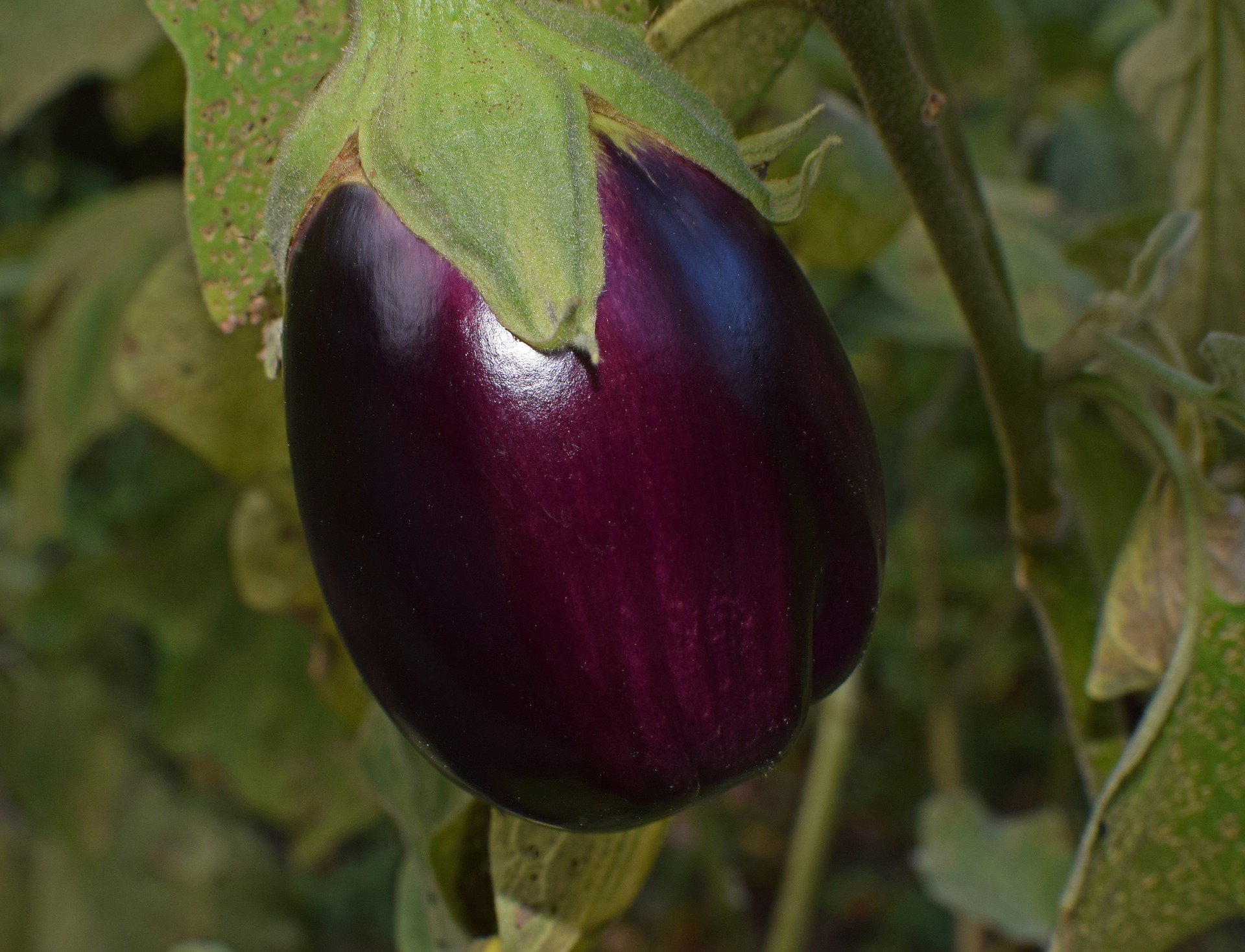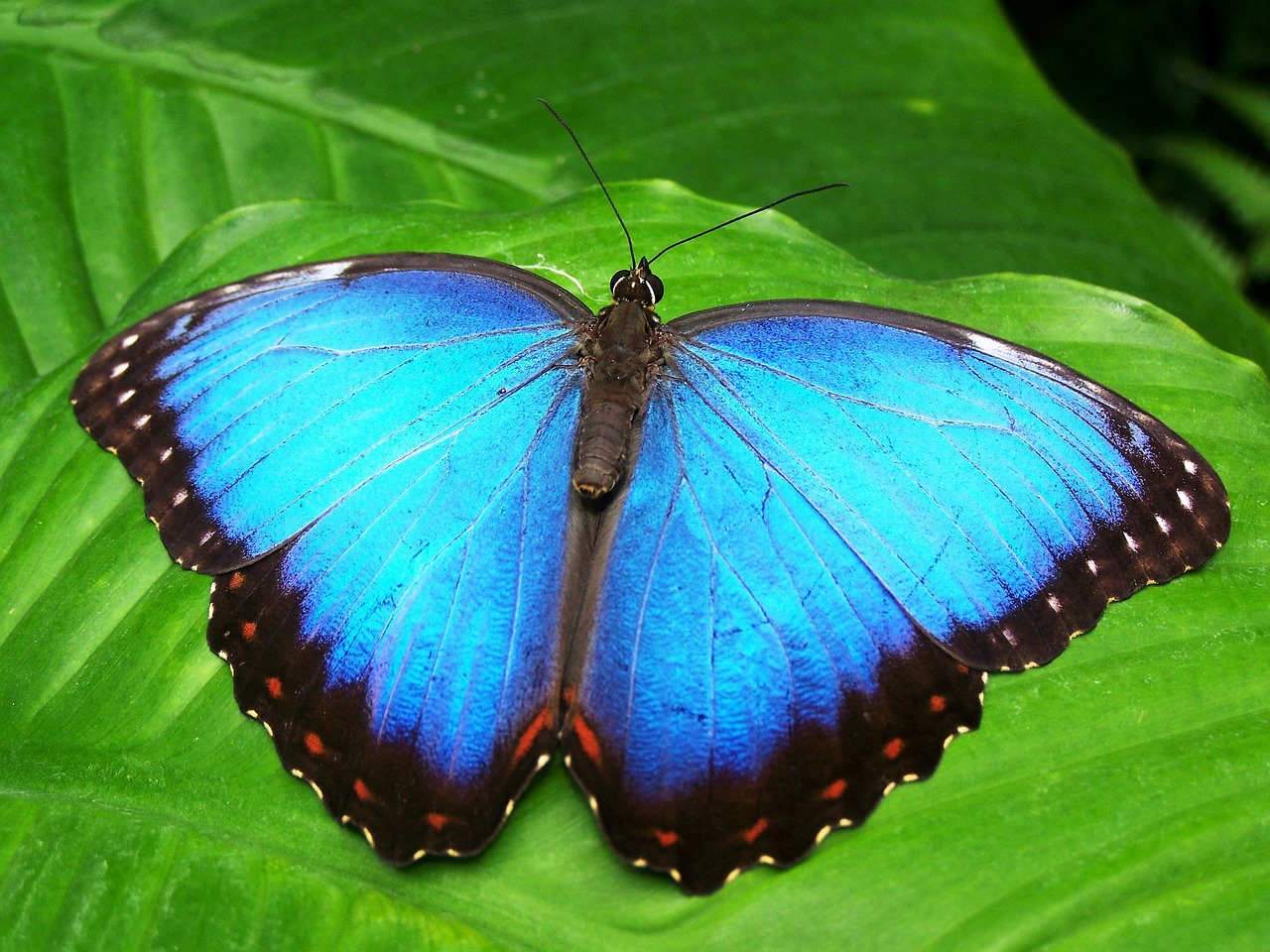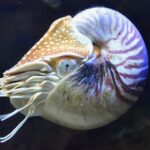The eggplant (or aubergine in Europe) is such a fascinating vegetable. It has a unique and wonderful flavor, but can be intimidating to cook or eat for the uninitiated. It is also such a weird color – deep purple, almost black, and, at the same time, both shiny and intense. It turns out its color is the result of a sophisticated interplay of light with the molecular structures of the skin and underlying flesh of the eggplant. And no matter how hot the Mediterranean sun, the aubergine can stay as cool as a cucumber.

The science behind this little miracle got sorted out as the result of a space age engineering problem. It turns out that airplanes sitting on the tarmac can get mighty hot, unless the plane is painted a light color. Scientists at PPG, one of the world’s biggest paint manufacturers, took a hard look at the eggplant. What they discovered is a complex layered structure in the darkly pigmented skin that allowed infrared radiation to pass through and be reflected out by the white flesh underneath. It is black to the eye but white to the infrared rays. We may soon see more airplanes painted in darker visible colors with infrared white underneath. I wonder if they will look like eggplants.
The challenge of coloration and coatings has recently got another big boost. It turns out that black and dark shiny finishes are very popular for automobile owners, but can make those vehicles nearly invisible to radar and infra-red sensors that are now being deployed in automobiles. The sensors assist with safety and navigation, but they are critical for the development of self-driving vehicles. The Economist magazine, reporting on this issue, noted the self-driving UBER car that recently killed a pedestrian in Arizona, and the Tesla running in auto-pilot that crashed in California, killing its occupant, both utilize radar and lidar sensors. Remarkably, nature is showing the way for science to solve this engineering problem.
Eggplants are not the only part of the natural world getting increased attention in recent years for the unusual nature of its color and coatings. Butterflies are also being put under the microscope, and the discoveries are mind-boggling. For example, the iridescent blue coloration of the blue morpho butterfly has nothing to do with pigments or colors. It is due to an extremely fine-grained molecular structure on the surface of the wing that reflects and disperses the light, like a complex array of molecular mirrors. It is proving incredibly difficult to duplicate. (See: Nanofabrication and Coloration Study)

The variety and sophistication of nature’s imaginative solutions to engineering challenges are awe-inspiring. But what is even more amazing is to consider the cellular-level processing that is able to build these tiny little structures. There are no blueprints and no engineers inside the cells, but what emerges is both perfectly functional and exquisitely beautiful.

















